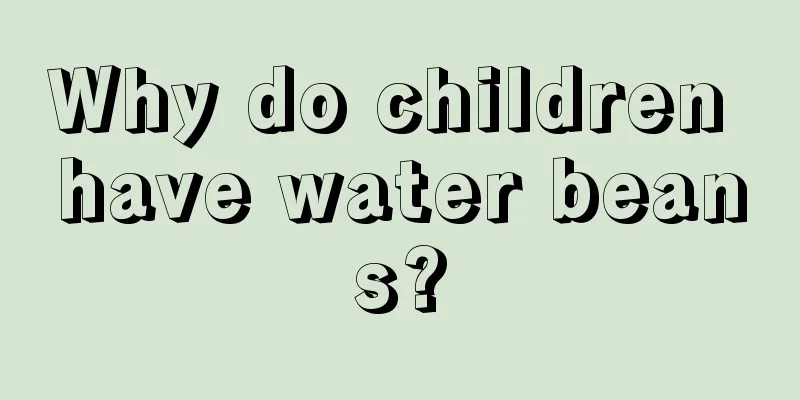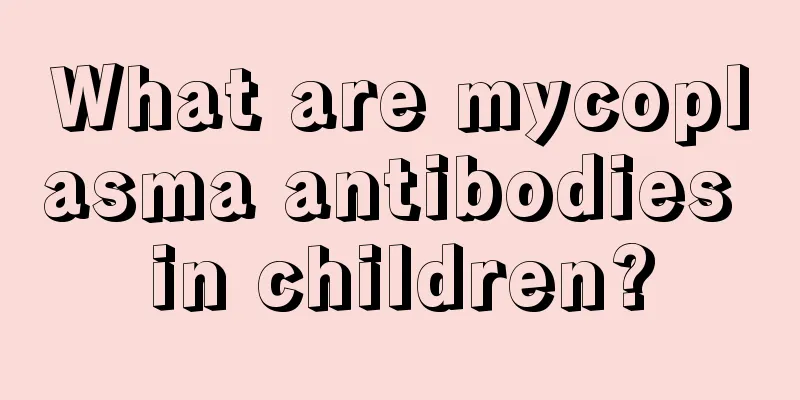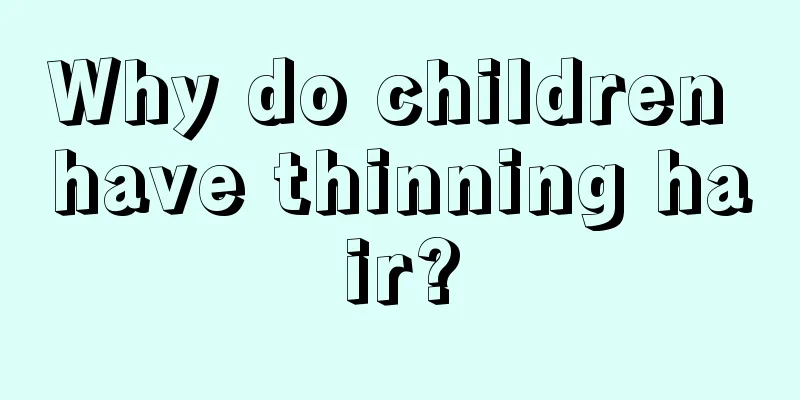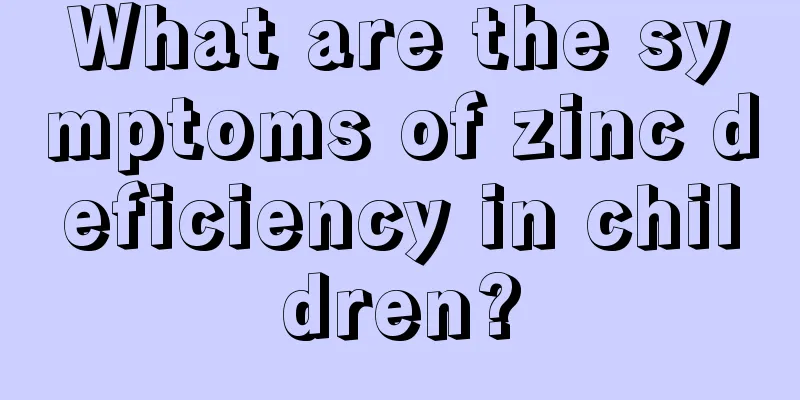Why do children have water beans?

|
In fact, the chance of children getting chickenpox is still very high, especially children in childhood. There are quite a lot of causes of this disease. Once it occurs, relevant treatment measures are needed to prevent the child's condition from worsening again, which will seriously threaten their lives. The most important thing is not to let them scratch when the disease occurs. The disease is caused by infection with the varicella-zoster virus (VZV). Varicella-zoster virus belongs to the Herpesviridae family. It is a double-stranded DNA virus with only one serotype. There are at least eight types of viral glycoproteins, which determine the pathogenicity and immunogenicity of the virus. The virus has very weak survival ability in the external environment, is not resistant to heat and acid, and can be inactivated by disinfectants such as ether. Humans are the only host of the virus, and patients are the only source of infection. The infectious period is generally from 1 to 2 days before the rash appears until the herpes is completely scabbed. Immunodeficient patients may be contagious throughout the course of the illness. Children may also develop chickenpox if they come into contact with someone with shingles, as the two have the same cause. Chickenpox is highly contagious, and the main routes of transmission are respiratory droplets or direct contact. After the virus infects the human body, it first proliferates and replicates in the local lymph nodes in the nasopharynx for 4 to 6 days, then invades the blood and spreads throughout the body, causing lesions in various organs. The lesions of this disease are mainly in the spinous cell layer of the skin. The cells swell and degenerate to form cystic cells with eosinophilic inclusion bodies in the nucleus. Herpes is formed after cell lysis and infiltration of tissue fluid. The blister fluid contains large numbers of infectious virus particles. Blisters are also common on the mucosal surfaces of the oropharynx, respiratory tract, gastrointestinal tract, conjunctiva, and vagina. People of any age can be infected with the varicella-zoster virus, with infants, preschoolers and school-age children being more likely to be infected, and infants under 6 months old being less likely to be infected. The spread of varicella among susceptible populations depends mainly on factors such as climate, population density and medical and health conditions. Varicella (chickenpox) is an acute infectious disease caused by the primary infection of varicella-zoster virus. It mainly occurs in infants and preschool children, and the symptoms in adults are more severe than in children. It is characterized by fever and the appearance of widespread red maculopapular rashes, vesicles, and scabs on the skin and mucous membranes. The rash is distributed centripetally, mainly occurring on the chest, abdomen, and back, and rarely on the limbs. It is common in winter and spring and is highly contagious. Chickenpox patients are the only source of infection. It is contagious from 1 to 2 days before the onset of the disease until the rash dries and crusts over. It can be transmitted through contact or inhalation of droplets. The incidence rate in susceptible children can reach over 95%. The disease is a self-limiting disease and generally does not leave scars. If it is combined with bacterial infection, scars will be left. Lifelong immunity is obtained after the disease. Sometimes the virus remains in a dormant state in the ganglia, and the infection recurs after many years, resulting in shingles. |
<<: What does it look like when a child has water beans?
>>: What medicine should children take for bad breath and constipation
Recommend
What causes ADHD?
The physical development of children is very impo...
How to make meals for one-year-old babies
The food you feed your baby must be carefully sel...
Can children use hair conditioner?
Conditioner may be a little unfamiliar to boys, b...
Causes and treatment of night cough in children
In fact, coughing is also divided into time perio...
Can an eight month old baby crawl?
Everyone can crawl, but this only applies to adul...
The harm of wearing diapers for a long time in baby girls
Diapers are not a new word for families with newb...
What to do if your child has astigmatism
Many people have symptoms of astigmatism in their...
What is precocious puberty? Causes of Precocious Puberty
Precocious puberty is a topic that the society is...
What should I do if my child gets chickenpox?
Varicella is a contagious skin disease. People ar...
Is it necessary to measure trace elements in children?
In recent years, it has become a trend to measure...
What are the benefits of vitamin C for children?
Children are in the stage of growth, and if their...
Children sleeping independently
Children sleep with their parents when they are v...
Baby memory training
We all know that everyone's memory is differe...
What to do if a 14-year-old boy has acne
It is normal for a fourteen-year-old boy to have ...
Why is my 2-month-old baby restless when sleeping?
Babies all like to sleep very much, but if someth...









